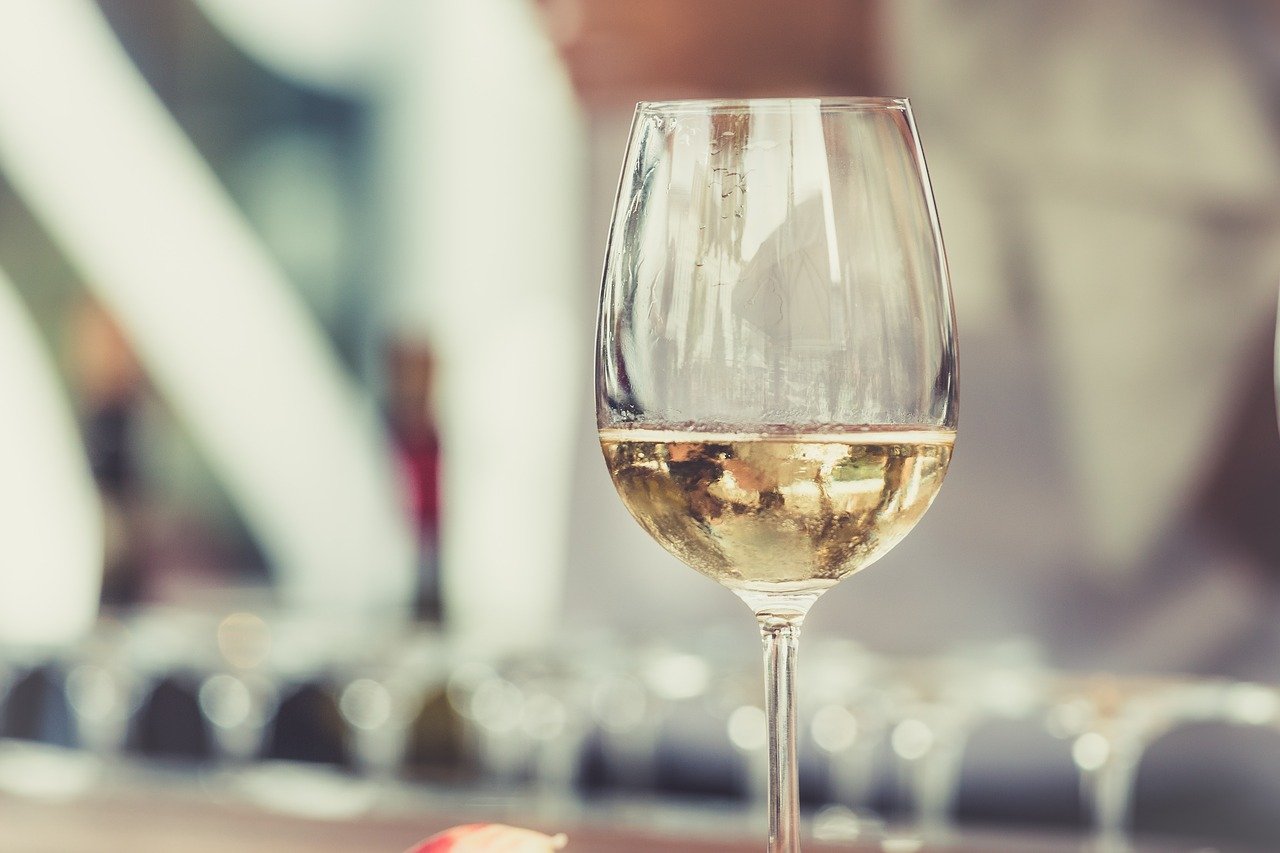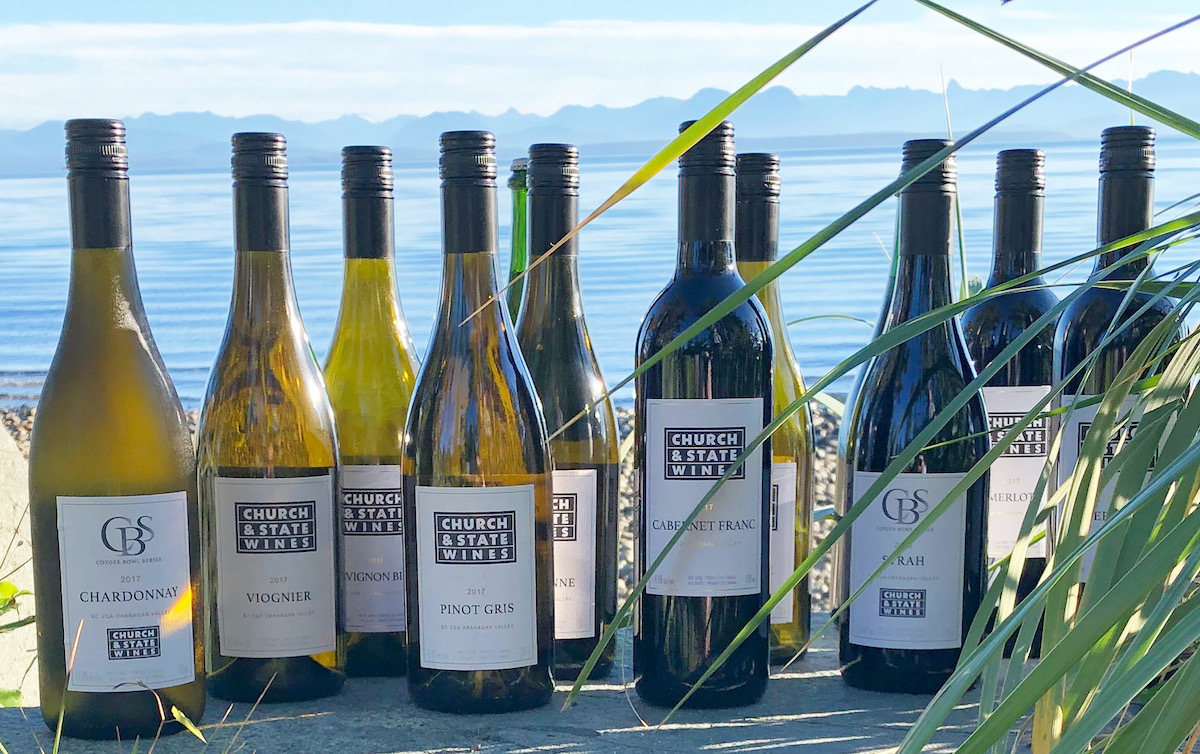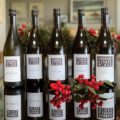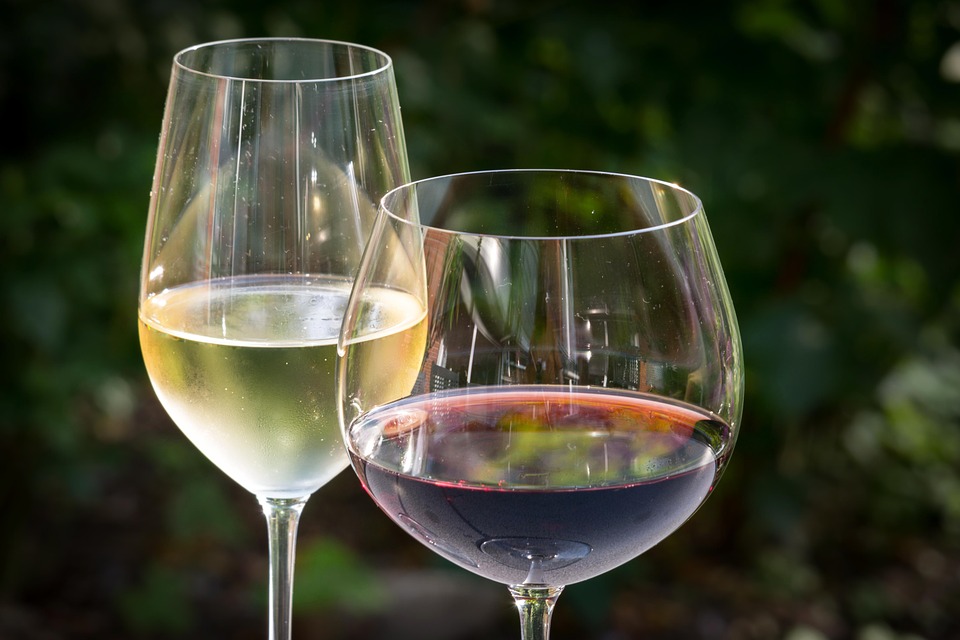I remember when I first saw a wine called Viognier on the shelf of my local VQA wine shop (remember those?). I bought it, researched to learn how to pronounce it (vee-on-nyay / vee-on-yay / vee-OWN-yay /VEE-own-YAY – take your pick) and gave it a try. It was a big full-bodied white with an oily texture and aromas and flavours of peach, mandarin, honeysuckle, and mango with delicate floral notes. When aged in oak these wines bear some resemblance to a rich Chardonnay. One that still stands out for me was a 2017 Mission Hill. Fresh peaches jumped out of the glass when it was poured.
Historically, viognier has been one of the dominant white grapes of the Northern Rhone Valley where it is often blended (typically up to 20%) with Syrah to add complexity and stabilize colour as in the wines of Cote-Rotie. Wines from Condrieu are 100% Viognier.
The vines prefer hot and dry regions and require care in the vineyard to properly manage its typically low yields. This aromatic grape is also grown in Italy, the USA, Chile, South Africa, Argentina, Australia, and BC (since about 2010). Many BC wineries use small amounts of Viognier in their blends. Australia was the first country outside to France to commercially grow Viognier. It is the flagship white wine of Yalumba in the Barossa Valley, northeast of Adelaide.
In BC, Howard Soon, of Vanessa Vineyards, likes to co-ferment his Syrah on Viognier skins so they make a Viognier wine (as a by-product) their only white.
Viognier is also often found in Rhone white blends along with Marsanne (M-are-san) and Roussanne (Rue-san). Marsanne is found in blends along with Roussanne, Grenache Blanc, and other lesser-known white grapes. Its primary character includes quince, tangerine, apricot, acacia, and beeswax. It tends to be dry with medium body and medium-low acidity.
Roussanne is a full-bodied white usually found in the Southern Rhone and shows flavours of Meyer lemon, apricot, beeswax, chamomile, and brioche. It has medium body and acidity.
Marsanne and Roussanne are the only grapes allowed to make the white and sparkling wines of Saint-Péray, the southernmost region of the Northern Rhone.
In BC, grape growers and winemakers, have been experimenting with these grapes, both in blends and as single-variety wines and with great success.
Initially, I thought that there might be 6 to 12 BC wineries making wine from these grapes. Boy was I wrong. After reaching out to social media friends for their favourite wines made from these grapes, I was inundated with examples. A partial list includes, in alphabetical order: Black Hills, Cassini, Church and State, Clos du Soliel, Corcelettes, Here’s The Thing, Hester Creek, Hillside, Jackson-Triggs, Kettle Valley, La Frenz, Lake Breeze, Lariana, Laughing Stock, Le Vieux Pin, Liquidity, Marichel, Moon Curser, Pentage, Priest Creek, Rainmaker, Road 13, Ruby Blues, Serendipity, Silk Scarf, Stag’s Hollow, Terravista, Tightrope and Township 7. My apologies for any omissions.
Clearly, these are not ‘rare’ BC wines.
As guests arrived for the tasting, I greeted them with a sparkling wine from Ontario, made from a grape that most will be unfamiliar with – Regent.
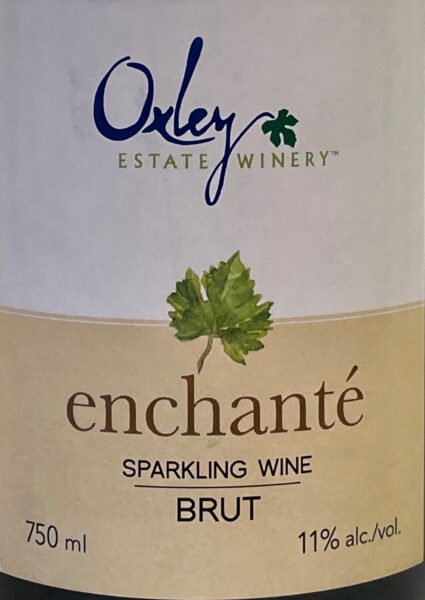
2020 ENCHANTÉ, Rosé Sparkling – $24.95
“Charming and delicate, with dreamy hues of soft pinky coral and tiny bubbles to tickle your fancy. There are whispers of a smoky rose bouquet in the air and on the palate, tastes of cherry turnover, red currant, ripe pomegranate, and fresh cranberries … woven with black pepper, nutmeg and a hint of honey. This wine will make you … and your shrimp cocktail … dance.
Music Pairing: “La Vie en Rose” by Louis Armstrong”. 11% ABV
Regent is a dark-skinned hybrid grape which has both European and American roots. Created in 1967, it is a cross between Diana, a Silvaner X Müllar Thurgau cross, and Chambourcin. It is a popular wine-making grape in some cool-weather regions, such as Germany, the UK, and Belgium due to its resistance to many fungal diseases including downy mildew.
Regent wines tend to have intensive colour with moderate acidity, moderate to high tannins, and aromas and flavours of cherries and black currants. As it ripens late, it can reach high alcohol levels.
Our flight for the evening featured White Rhone wines:
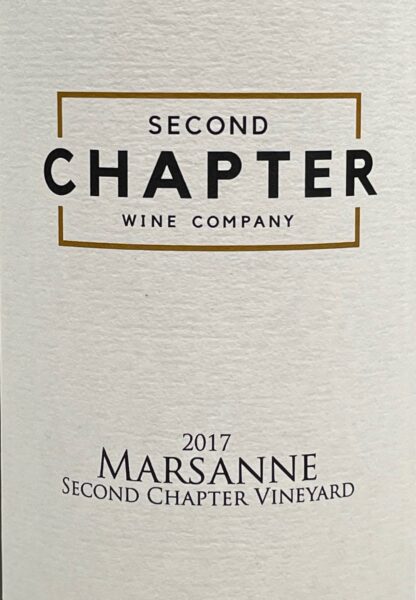
A 2017 Marsanne Second Chapter 13.8% ABV
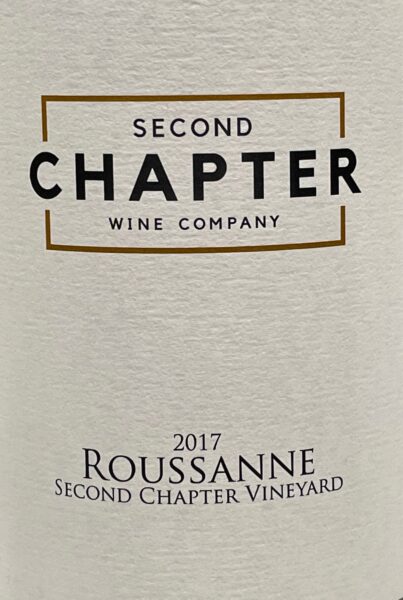
B 2017 Roussanne Second Chapter 13.8% ABV
Group – three-way tie for fourth place
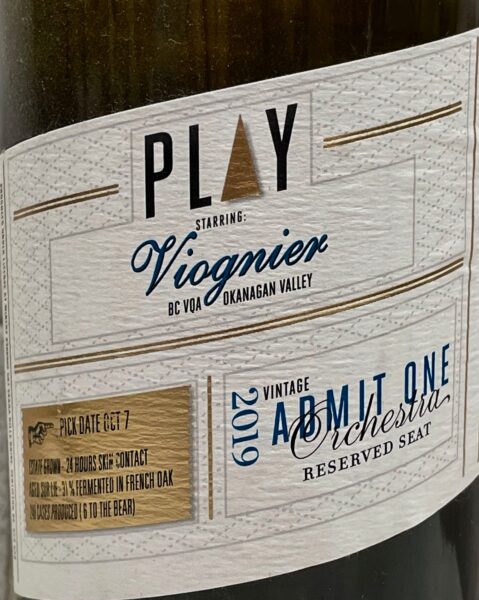
C 2019 Viognier Play Estate 14.2% ABV
Group – three-way tie for fourth place
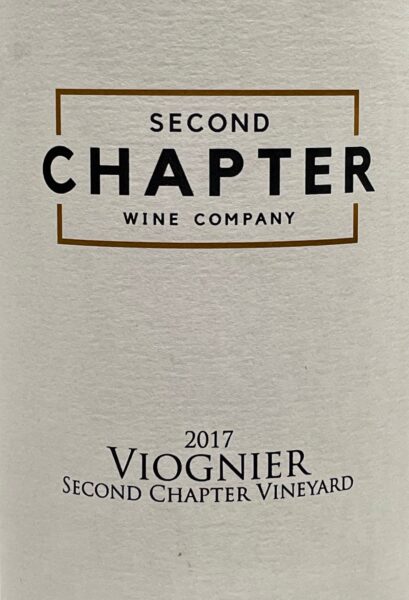
D 2017 Viognier Second Chapter 14.0% ABV
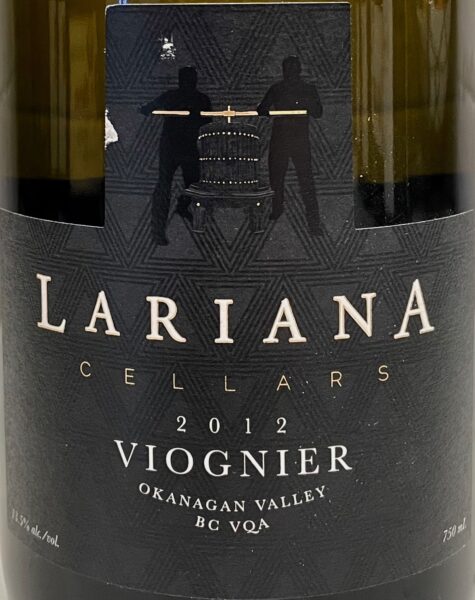
E 2012 Viognier Lariana 13.5% ABV
Group – second place by a nose
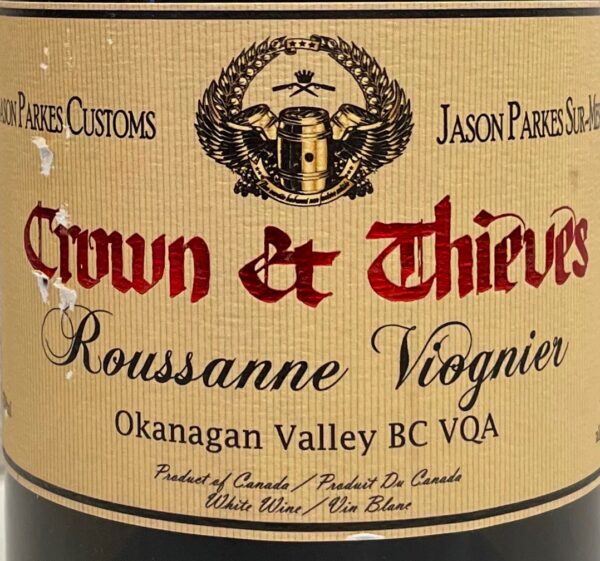
F 2015 Roussanne/Viognier Crown and Thieves 13.0% ABV
Group – three-way tie for fourth place
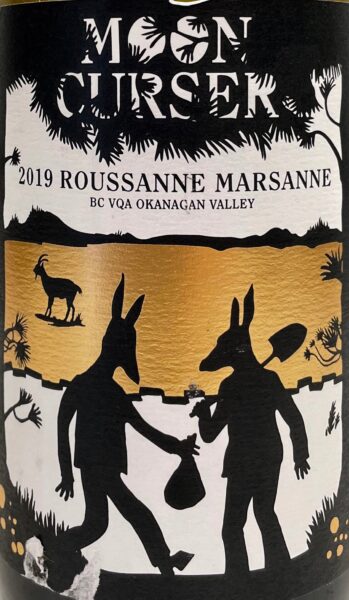
G 2019 Roussanne/Marsanne Moon Curser 14.1% ABV
Group – first place by a tiny margin
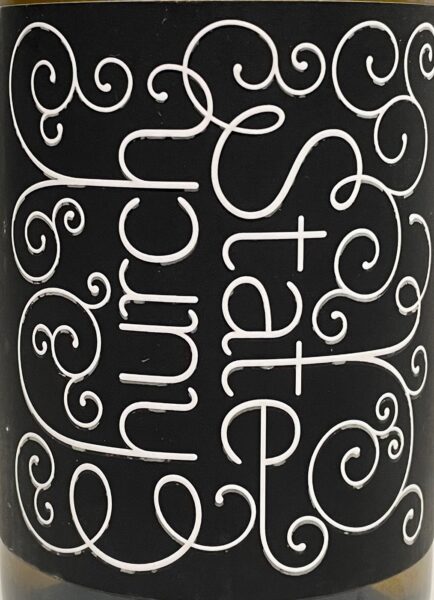
H 2015 Trebella Church & State 14.3% ABV
Group – third place by a hair
Caveat
I was disappointed that none of these wines showed as well as I had expected. Sadly, I kept them too long. I bought them because they were very good when I first tasted them and I am a big proponent of aging well-made wines and 95% of the time it really pays off to keep them for a while. I had expected to impress the group with varieties they may not have tasted and turned them on to some wineries that they may have been unfamiliar with. What I failed to consider with these wines is that all the grapes are known to be low-acid grapes so they are not going to go the distance that most BC whites will. I should have known better. Lesson learned.
As per usual, our host and corkscrew collector, Wayne Meadows had a ‘show and tell’ for us and reminded us that historically, corkscrews were used for a lot more than opening bottles of wine.
“Whenever one mentions corkscrews, everyone thinks wine opening. In the old days, there were no screw caps or crown caps. Thus, anything liquid came in a glass bottle with a cork in it. I have advertising for corkscrews showing ketchup, shoe polish, medicine and oil being opened. The odds are extremely high that none of these corkscrews ever saw a bottle of wine!”
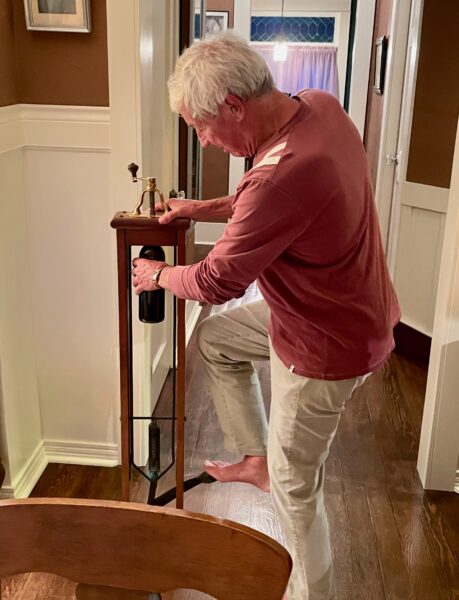
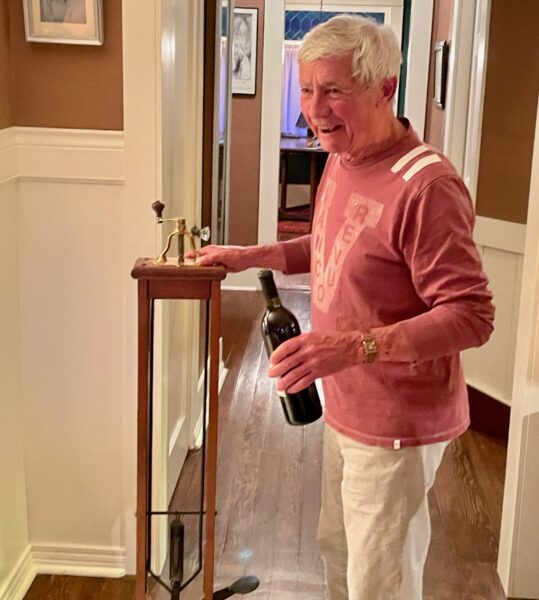
“An 1886 patent by J. Bloeser in the USA. This is the only known example of a corkscrew that pulled the bottle off the cork rather than pulling the cork out of the bottle. The big advantage was that it took very little effort to remove the cork from the bottle. It was found in a girls’ school in Illinois a long time ago.” Wayne Meadows
(All photos – Sam Hauck)

